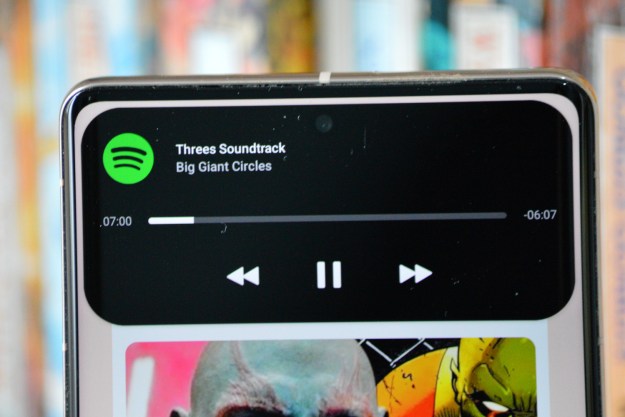
Although Google is famed for its Nexus phones and tablets, its roots are in software, and this year at Google I/O it returned to them in a big way. The three-hour-plus Google I/O keynote presentation was almost devoid of new device announcements, save for the three minutes spent talking about the Nexus-like Samsung Galaxy S4. The disappointment many of us are feeling is partially Google’s own fault, as last year’s extravaganza – complete with skydiving Glass-wearers and the introduction of the Nexus 7 tablet – fooled us into thinking this year’s show could be even greater. It seems we collectively chose to ignore the warnings it would be all about the developers this time around, but few were prepared for such a drastic switch.
New services such as All Access music and Google Play games, plus updates to Maps, Google Now, and Google+ all took precedence over new devices, as did niche appeal developer tools such as app translation services, low-power location modes and Android Studio. Sure, Google has a bewildering portfolio of tools, software and devices, so it must be difficult to decide which will be given time to shine during an event as high-profile as Google I/O. However, we’re talking about three and a half hours here, not a Nokia-swift 40 minutes.
It’s not like Google doesn’t have any hardware to talk about
As more software was paraded in front of us, the glaring absence of any exciting new devices became more noticeable. Products we’d been all excited about became far off dreams. Granted, a smartwatch, the Nexus 5, and the Nexus 11 tablet were always outside chances; but the one thing most of us were banking on being there, an updated Nexus 7 tablet, was also a no-show. This was a genuine surprise, as leaving aside the rumors and analyst predictions about it, the tablet is now a year old, and almost every manufacturer out there updates its products at least every 12-months or so. The Nexus 7 may still be a good little tablet, but it’s far from the cheapest anymore, and new challengers are coming out regularly enough to turn consumers’ heads.
Products we’d been all excited about became far off dreams.
It could be part of Google’s master plan…
While we all waited for the big gadget reveal which never came, it was also all too easy to forget the one big piece of software Google didn’t talk about: the next version of Android. The lack of an Android update at I/O is incredibly significant. For the first time in ages, we’re leaving the event still using the same version of Android we were when we went in. Google’s Android update schedule has always been haphazard, but I/O usually serves us a luscious slice of Android confectionery on which to munch. Android’s absence is the most probable cause of our new gadget withdrawal symptoms though, as the two are inextricably linked; so without a new operating system to install on new hardware, what would be the point of any announcements?

We know Google has plenty of cool new devices in the works that it didn’t want to chat about. Apparently, it’s become strategically advantageous for it to withhold Android. What game is it playing?
For the first time in a few years, it seems Google I/O has been reclaimed by the developers, and because of this, Google looks to capitalizing on the opportunity to put on another show at a later date, aimed this time at us, the consumers. It’s hardly a stretch, as putting the announcement of a new version of Android – be it 4.3 Jelly Bean or 5.0 Key Lime Pie – together with a range of exciting updated devices, all wrapped up in a spectacular event, really does make perfect sense.
So when could this take place? How about just after summer, around September perhaps? By this time, Android 5.0 could be ready, and almost the entire Nexus range will be ripe for updating, leaving an all-new Motorola X Phone as the icing on the cake. It would also be strategically well-timed, as Apple has promised it’s got some “amazing” products planned for – shock – about the same time. While Google I/O didn’t deliver the gadget goods, it may pave the way for a monumental event which will.
Editors' Recommendations
- Google fumbled what could have been its biggest product in years
- Watch Google’s 10-minute recap of its AI-filled I/O keynote
- Everything announced at Google I/O 2024
- We finally know the exact date of Google I/O 2024
- Everything Apple didn’t announce at its iPhone 15 event


